If villains didn’t destroy cities, half the universe’s game heroes would sit on their sorry bums. We’d have no Mario, no Link, and not even Cloud. He helped Tifa and company for the money at first, but even a selfish motive required bad guys to battle; no one would have paid him otherwise.
I had this topic in mind well before Xenoblade, but its leaping cornucopia of sidequests demands that I write about it sooner than later. Xenoblade pushes incentive to thwart an imminent threat and pushes freedom to devote ages to exploring an expansive world—and that means it takes on the catch-22 challenge. The greater the major story events, the tougher the justification of minor events.
If a girl asks the party to collect honeybees and afterward her town is set on fire by dragons and run over by tanks, anyone will have trouble suspending disbelief that she still cares about those honeybees, owns amazing rewards to heap into players’ hands, and holds enough altruism in her heart to dish out those treasures instead of selling them off to help the reconstruction efforts. Permanent missables can have powerful story-based reasons for existing; it requires no suspension of disbelief that this same girl’s quest could only be fulfilled before her town’s untimely demise. Conversely, an experienced player who finds no hint of sidequests in a new town will be immediately alerted that it’s a worthless and doomed location doomed; the solution is not to cut the girl from the game’s final draft.
Many players hate permanent missables and feel cheated by them. Fair enough, but the point of this blog will never be to spread negativity. We should learn from them and the designer’s dilemma: an important NPC fated to die can’t issue a sidequest without introducing permanent missables; if no important NPCs die, the story loses its sense of danger; if only nameless NPCs issue sidequests, the story risks taking on a frivolous feel; if a game has no sidequests, it becomes linear. The only question for game developers, game designers, and even players is which they consider the lesser evil. From my time with Xenoblade so far, it sides with throwing away the danger; no matter how trumped-up the threat level of the villains, there’s always time to find a missing animal or fix a broken watch. The Legend of Zelda: Majora’s Mask had a similar feel; because Link could press an in-universe reset button, no one questioned whether he would eventually prevail.
A game without permanent missables isn’t better for being designed that way, nor is it worse; it simply chose its path and left the player to decide whether to follow.

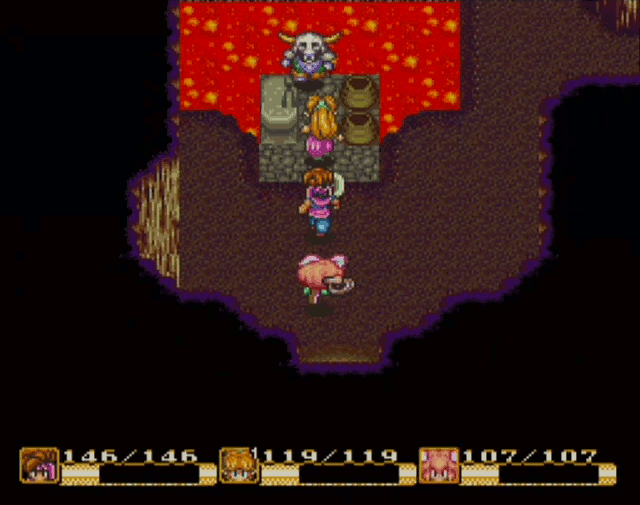
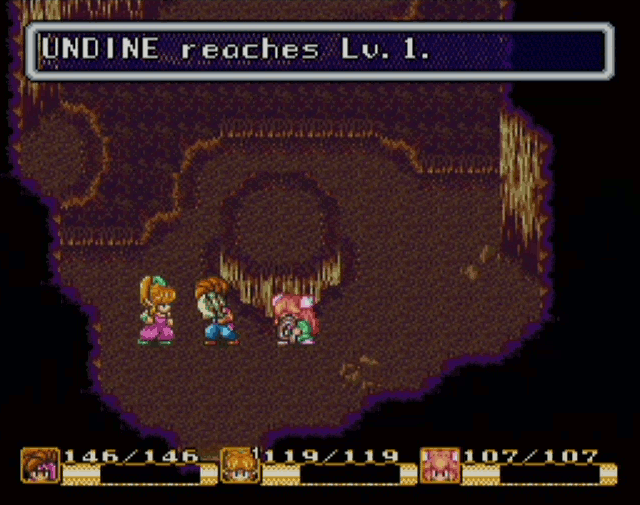
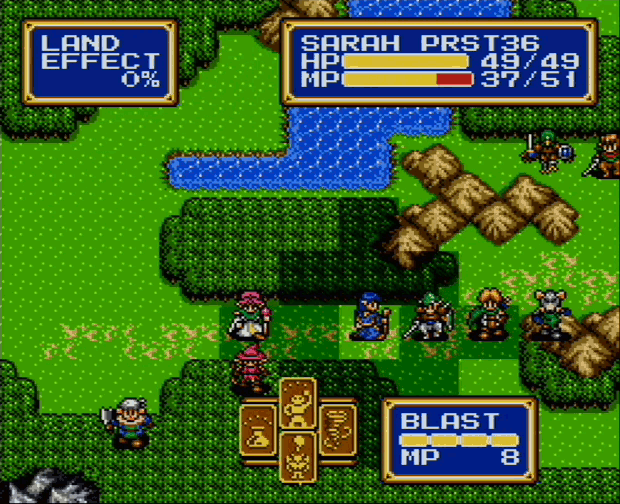


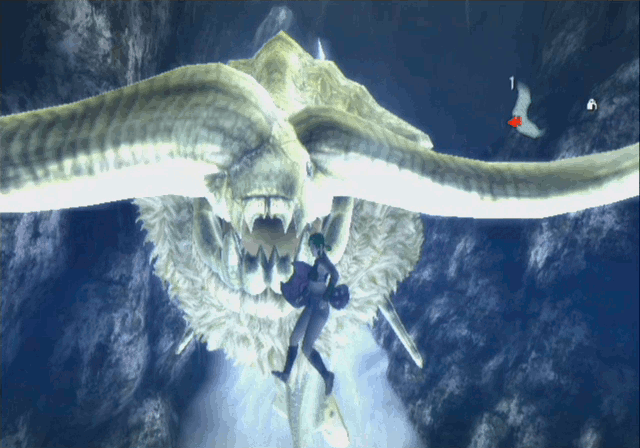
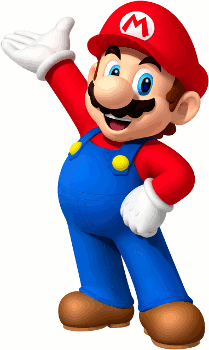
 smaller.png)